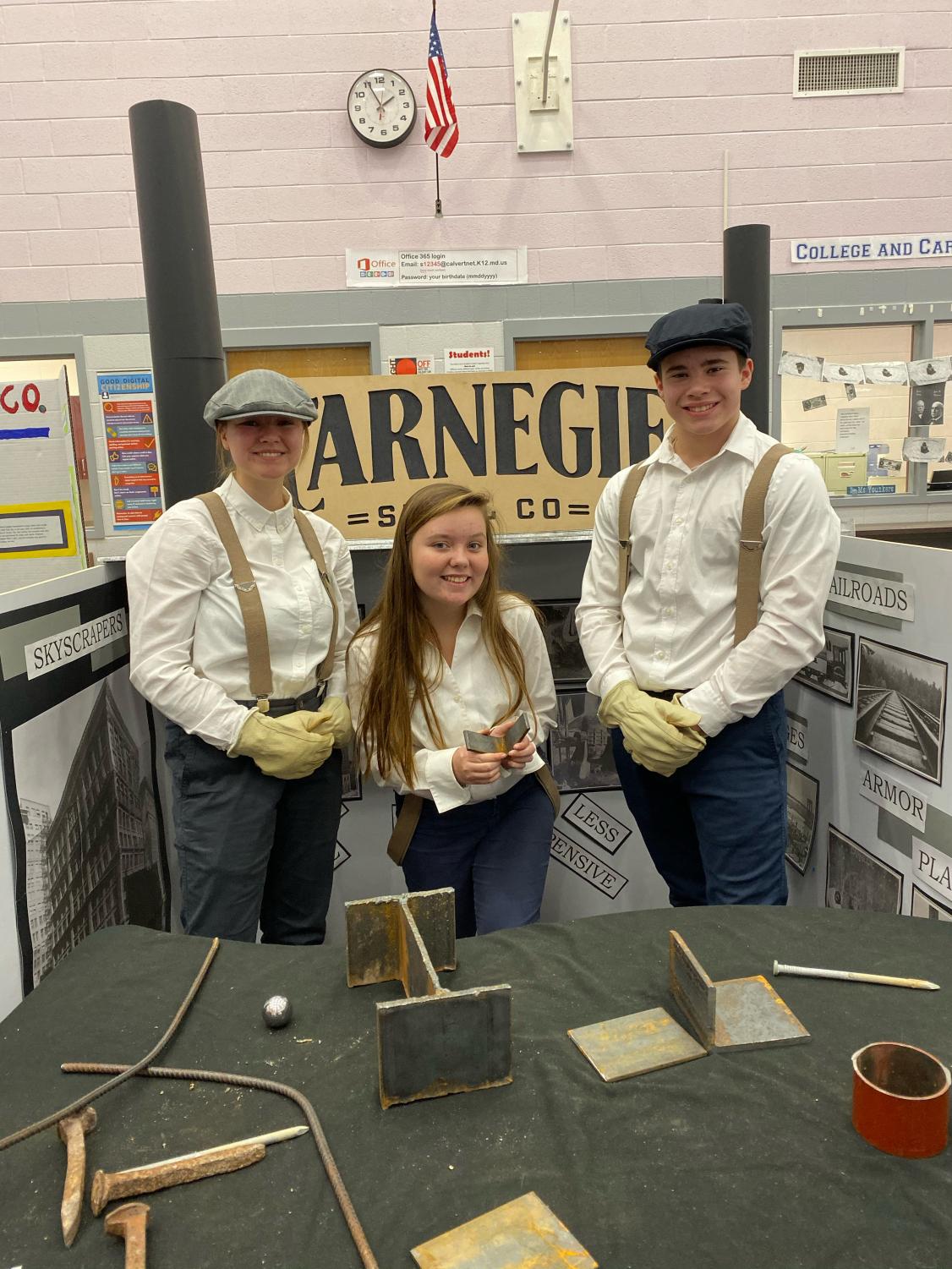Contraction words are abbreviated or combined versions of words people use to save time when talking. Common contractions include “you’re” as opposed to “you are”, and “I’m” as opposed to “I am”. Contraction words are something we use in everyday life, but they’ve become much more common (and extreme) than they were in earlier years.
In the 14th century, an English poet and author named Goeffrey Chaucer was the first person to start using different contractions in his works. He would combine “ne” with various words as a prefix, meaning “not”, essentially adding a negative meaning to the word, such as “nam” (ne + am, am not), “nis” (ne + is, is not), “nath” (ne + hath, have not), etc. These are all examples of old contraction words. The first known appearance of a modern contraction word was in the 16th century, with the word “will” being combined with the word “he”. “Will” would be combined with “I”, “she”, “we”, and “they” later in the 16th century.
Following Chaucer’s death, there were words like the ones you see in Shakespeare plays. “Shan’t”, “’twere”, “’tis”, and similar ones. These are words that a lot of people are familiar with, simply because of their association with “Shakesperean English”. These terms were used until the late 18th century. After the 18th century, our modern English started becoming more common, and just kept evolving over time. Eventually, we got to where we are today.
Now we’re on to modern English. This has a lot of recognizable words, like “don’t”, “aren’t”, “we’re”, “should’ve”, and so on. There are also words more common to specific parts of the US, like “y’all” being more of a southern phrase. There are so many examples of modern contraction words, but there’s a bit more of a progression to go over. These words started getting even more contracted, with more than two words being put together at once. There’s “’twouldn’t’ve”, “y’ain’t’ve”, “y’all’d’n’t’ve”, and more. You could go on putting more and more words together, but eventually there has to be a stopping point. Even so, words becoming more and more condensed is an interesting direction for language to be going in. I believe it comes from the want to use as little words as possible. To be quicker with speech. However, some of these contraction words take even longer to say than the sentence they’re contracting! For example: “this’s’n’t” takes quite literally the same amount of time and syllables to say as “this isn’t”. You don’t save any time with it. In any case, as for right now, that stopping point is comprised of 17 words. “y’all’d’nt’ve’d’d’I’d’nt’ve’d’y’all’t’ve’d” is currently the longest “correct” contraction word, and it means “You all would not have had, had I had not have had you all to have had.” Understand that sentence? Are you ever going to use that word? Whatever the case, there might be a longer one created in the future. It’s going to be interesting to find out what people come up with next.
So, contraction words have progressed a long way since they were first used. From the oldest form of English through the Shakespearean era to modern times. There are so many words that have been combined, and the amount and length of the combinations continue to grow. Whatever kind of combinations are created in the future, the evolution of the English language is a very intriguing topic to look at.







